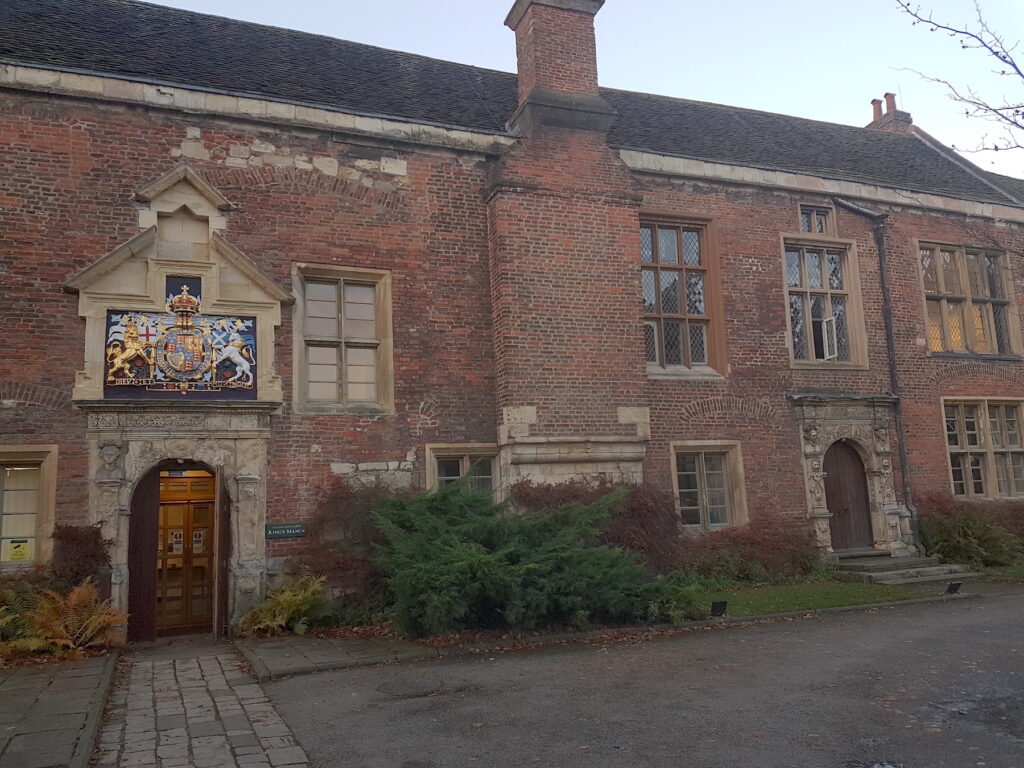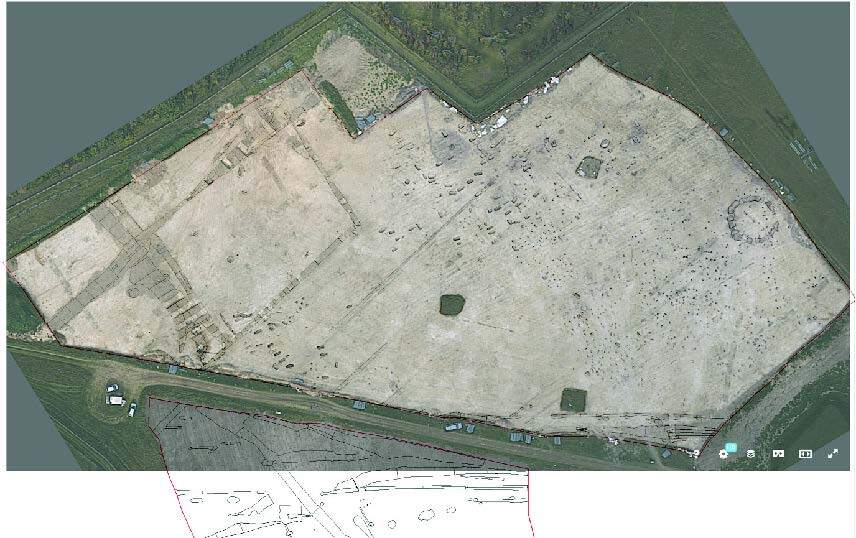“Data that is loved tends to survive” (Kurt Bollacker, Data Scientist)
We all want better ways to make research data available and to give more credit to the researchers who create and share their data. Yet even when that hard work culminates in data being deposited in an accredited archive, the level of recognition and academic credit gained is still limited.
In an attempt to redress this, Internet Archaeology has established a series of peer-reviewed, open access ‘data papers’ where authors characterize the content and the re-use potential of a dataset they have deposited in one of a number of trusted digital archives (e.g. ADS, but also tDAR and Open Context in the USA for example) and describe it in a way that promotes data sharing and reuse. After all, data generated in the course of archaeological research are just as valuable as the content of journal papers or monographs.
The very fragmentary nature of archaeological data makes it crucial that, in order for a dataset to be reused (and loved), users need know the conditions of data collection and what the overarching research aims were. This is what the data paper provides. Setting the dataset in context and describing how it links and relates to other publications and archives is of prime importance and our approach is really an extension of the integrated publication model, which IA developed with ADS in the LEAP projects. The first three data papers, describing data deposited with ADS, may be viewed in Issue 35 of Internet Archaeology.
- The Evolution of Rome’s Maritime Façade: archaeology and geomorphology at Castelporziano (Data Paper) by Amanda Claridge and Helen Rendell (Referee statement by Charles French) doi: 10.11141/ia.35.11
- Burdale: An Anglian Settlement in the Yorkshire Wolds (Data Paper) by Julian D. Richards and Steve Roskams (Referee statement by Gabor Thomas) doi:10.11141/ia.35.8
- Ceramics and Society: Early Tana Tradition and the Swahili Coast (Data Paper) by Stephanie Wynne-Jones and Jeffrey Fleisher (Referee statement by Paul Lane) doi:10.11141/ia.35.7
These data papers all help add context to a standalone archive but a data paper could equally be used to complement and enhance a related digital publication (published or yet to be conceived!). Uniquely, each paper is accompanied by a referee statement on the data’s re-use potential and significance. Referees are asked specifically to focus on how the data aligns with existing community standards, to check that the data is worth sharing and to comment on what the potential avenues for future research might be. Ultimately, the data paper acts as a pivot between research, data description and the data itself.
If you have deposited or are about to deposit your data and are interested in publishing a related data paper, just drop me a line. I’d be pleased to hear from.
Judith Winters
Editor, Internet Archaeology
editor@intarch.ac.uk






